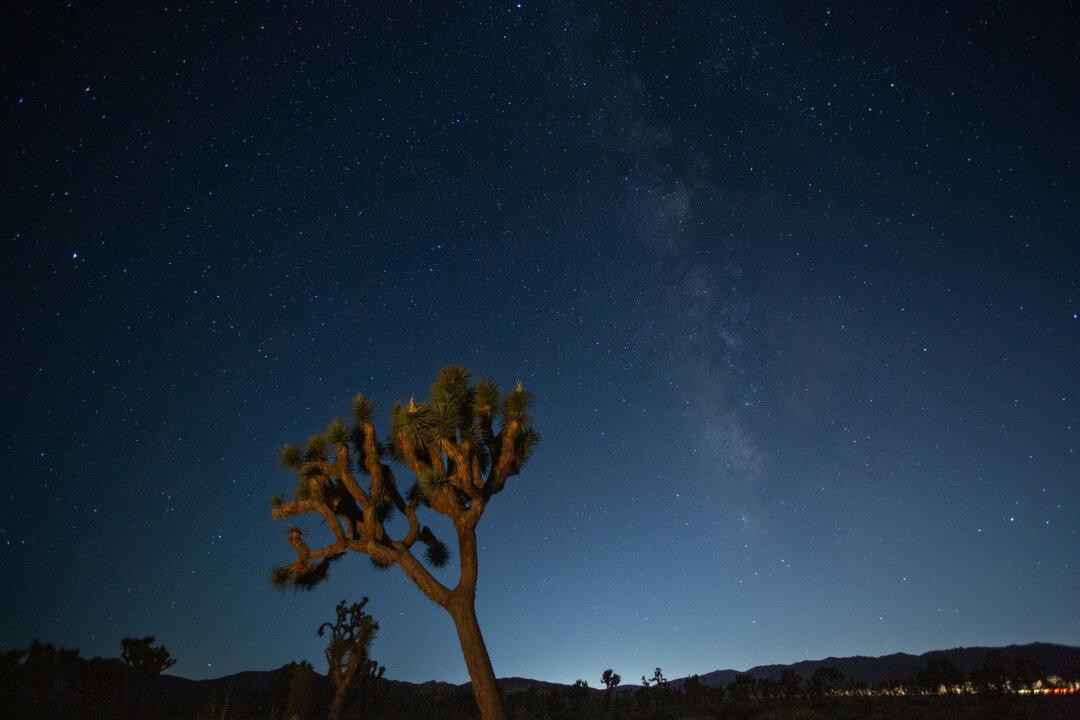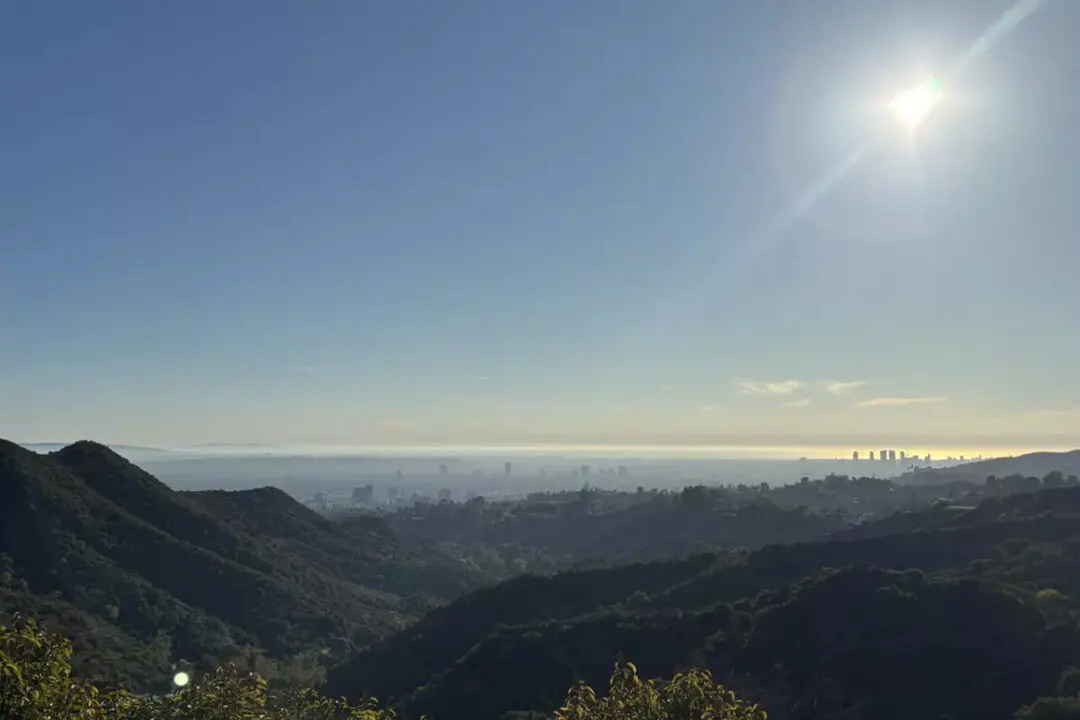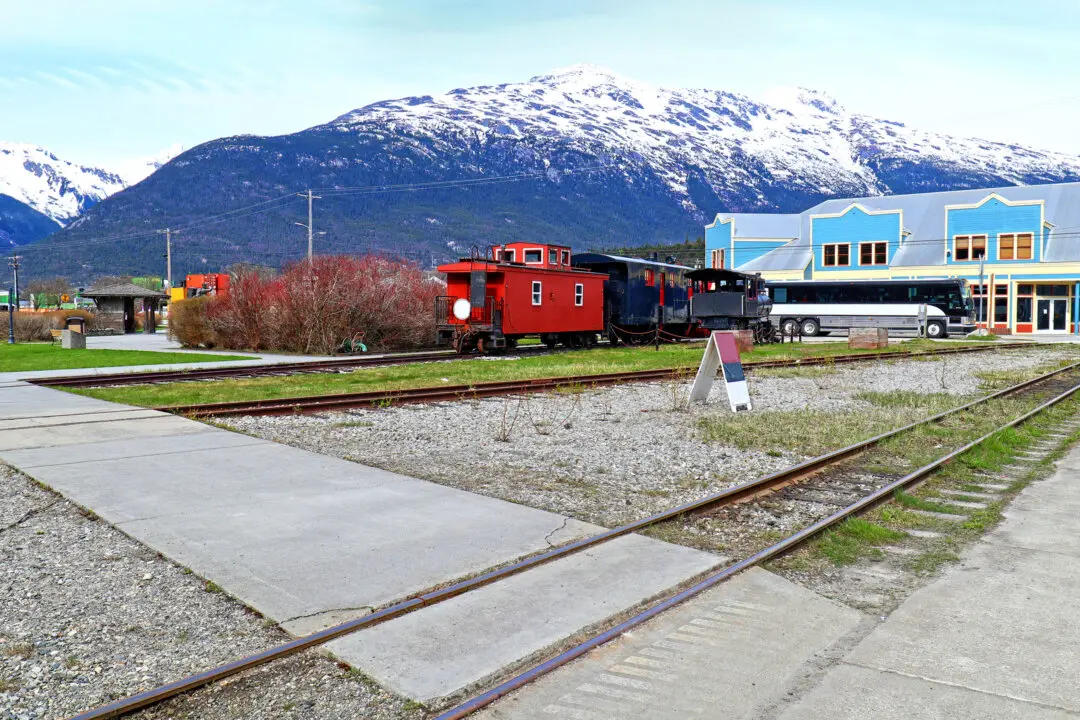By Julia Carmel
From Los Angeles Times
It’s no secret that one of the best stargazing spots in Southern California is Joshua Tree National Park. The park is an International Dark Sky Place—meaning that aside from some light pollution coming from Palm Springs and the Morongo Basin, it has some of the darkest skies in the region—and it’s just a two- or three-hour drive from Los Angeles.






